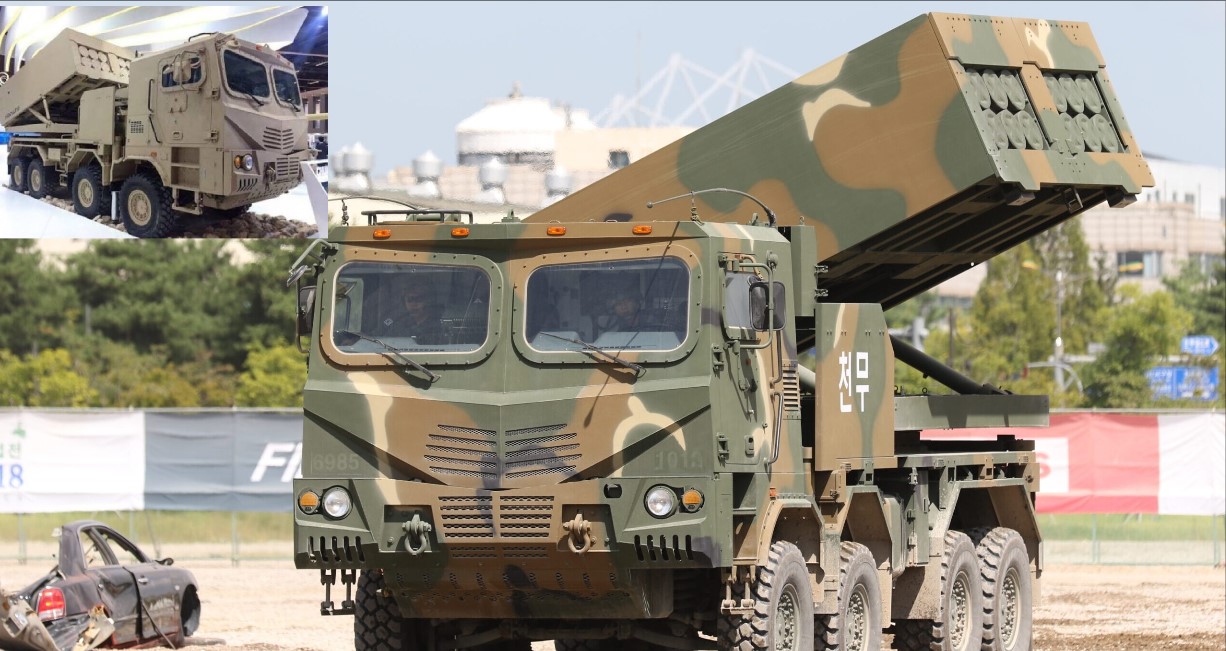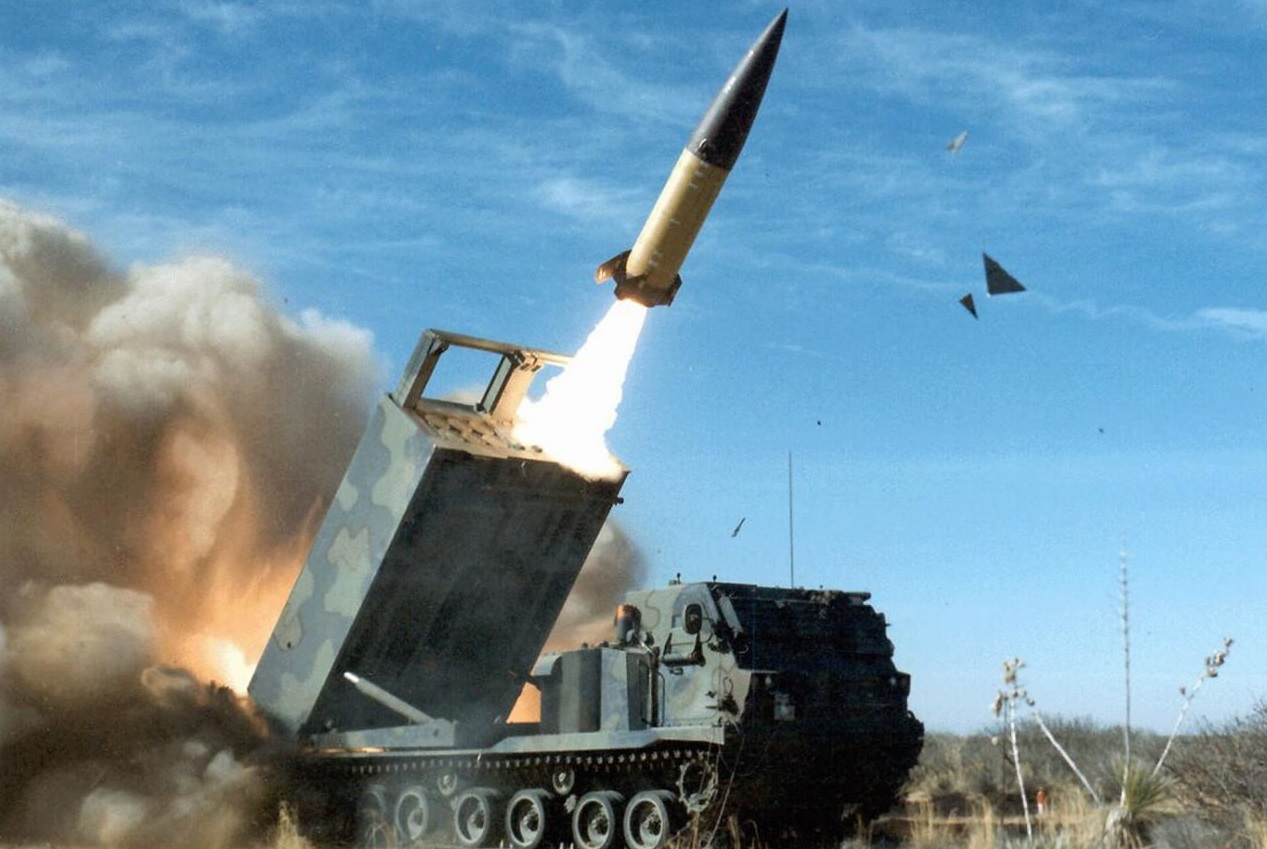L&T Targets Aerospace Growth as India’s Private Space Market Surges to ₹3.7 Lakh Crores

Larsen & Toubro (L&T), an engineering powerhouse, is set to deepen its engagement in India’s aerospace sector, spurred by the government’s renewed drive to open space exploration to private enterprises. With India’s private space market poised to reach a colossal ₹3,70,000 crore ($44 billion), L&T envisions tapping into this expanding domain with its robust engineering background, aiming to become a key player in the design, manufacturing, and deployment of space technologies.
In recent years, India has strategically opened the space sector to private entities, creating room for companies like L&T to innovate alongside the Indian Space Research Organisation (ISRO). Previously, space projects were almost exclusively handled by ISRO, but the government’s reforms now empower private players to enter the space market, with some even able to create and operate their own launch systems and satellites. These reforms, seen as transformative, aim to foster a competitive ecosystem where private and public entities collaborate to drive technological advances.
With its deep experience in aerospace and defense, L&T stands ready to seize these opportunities. Over the years, the company has contributed significantly to India’s space programs, building essential components for ISRO missions. For instance, it has played a role in producing components for India’s Mars and lunar missions and other defense-related aerospace technologies. One of its most notable projects is the manufacturing of the Polar Satellite Launch Vehicle (PSLV), a critical asset in India’s satellite launch capabilities. In a consortium with Hindustan Aeronautics Limited (HAL), L&T is scheduled to launch the first PSLV entirely built by private contractors in early 2025. Estimated at ₹200 crores per launch, this initiative marks a historic step for India’s space sector, underscoring the growing private role in areas once solely managed by government agencies.
L&T’s ambitions do not end with PSLV production. India’s privatization efforts extend to the Small Satellite Launch Vehicle (SSLV) program, an emerging segment that L&T and other private companies are closely watching. Designed for smaller payloads of up to 500 kilograms, SSLV targets a different market segment, one that prioritizes affordability and flexibility. These rockets, priced at approximately $15,000 per kilogram, cater to cost-conscious clients seeking frequent launches—up to 12 annually, with potential expansion to bi-monthly flights. SSLV’s capabilities reflect a broader trend toward miniaturized, rapid-launch technology, an area ripe with potential as demand for small satellite launches grows worldwide.
For L&T, the integration of space projects like the PSLV and SSLV aligns seamlessly with its broader aerospace ambitions. The company’s engineering capabilities, coupled with its expertise in infrastructure and heavy manufacturing, position it well to undertake more sophisticated aerospace projects, from satellite assembly to advanced launch vehicles. Although L&T has not yet disclosed the specifics of its aerospace expansion strategy, industry experts anticipate that the company will reveal its roadmap soon, potentially outlining plans to develop additional launch vehicles, collaborate with international aerospace entities, and explore novel satellite-based services.
As India moves toward greater private involvement in space, L&T’s aerospace expansion embodies a transformative shift that could drive India’s space market into a globally competitive position. The surge in private investment and participation holds the promise of technological breakthroughs and expanded infrastructure, essential elements for bolstering India’s standing in the global space industry.


